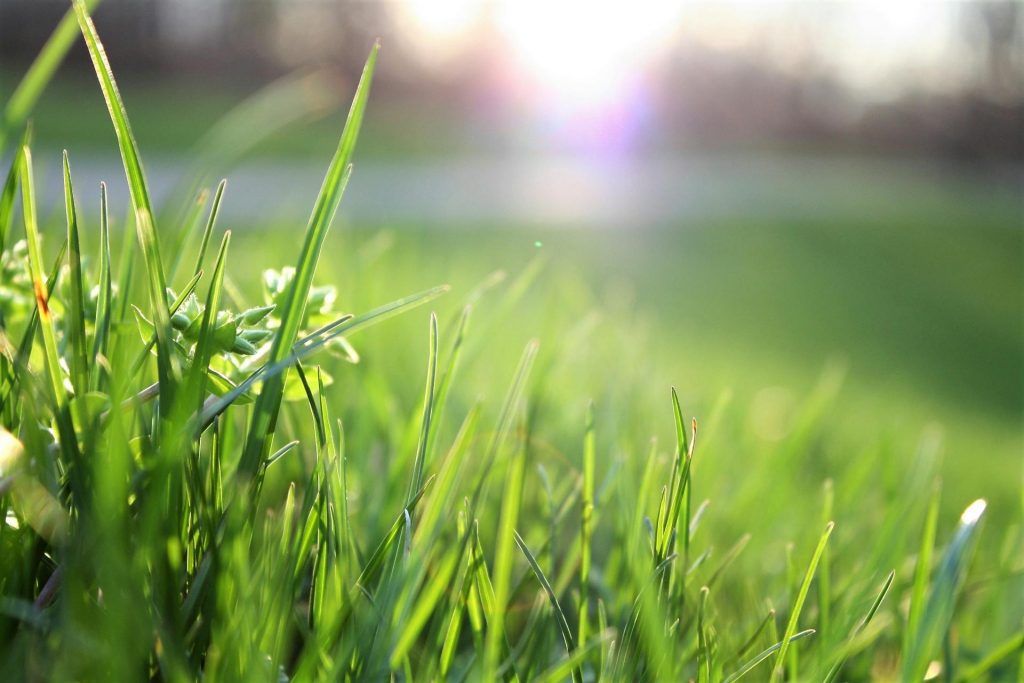Grass, a ubiquitous part of our natural landscape, often goes unnoticed due to its sheer commonness. Yet, its fascinating world is anything but ordinary.
We’ll delve into the fascinating world of grass, exploring its vast diversity and adaptability. Grass, often overlooked due to its commonness, is a vital part of our ecosystem. With over 10,000 species, it displays an extraordinary capacity to thrive in diverse environments, from deserts to rainforests and even Arctic tundra. We’ll also highlight the ecological importance of grass, including its role in soil retention, carbon sequestration, and as a food source for a wide range of herbivores.
The Diverse Family of Grass
Grass, scientifically known as Gramineae, is one of the most diverse plant families on Earth, boasting over 10,000 different species! It is found on every continent and plays a crucial role in the ecosystems in which it resides.
A key trait that determines whether a plant belongs to the Gramineae family, or grass family, is the structure of their flowers. All grasses have flowers grouped together in units called spikelets, which are then arranged on a stem, typically in a linear or branched cluster. This specific floral arrangement is unique to grasses and is a defining characteristic of the family.
One intriguing fact about grass is that it constitutes a staggering 26% of all plant life on our planet. This underlines the extraordinary prevalence and biological success of grasses. Their capacity to adapt and thrive in diverse environments, from desserts to rainforests, contributes significantly to their ubiquity.
For instance, the Pampas Grass, native to South America, is known for its tall, dramatic plumes and can often be found on the vast plains of Argentina and Brazil.
Alternatively, the Arctic Hair Grass makes its home in the cold, harsh conditions of the Arctic tundra, demonstrating the resilience of grass species in even the harshest climates.
Grass Adapting to their Environment
The primary reason for the vast diversity of grasses comes down to adaptation. Over thousands of years, different grass species have evolved to survive and thrive in a range of climates and environments, from desert sands to lush rainforests, from arctic tundras to tropical beaches.
For example, Bermuda grass is a popular choice for lawns in hotter climates due to its hardy nature and ability to withstand drought.
On the other hand, Kentucky bluegrass thrives in more temperate climates where it can enjoy cooler temperatures and regular rainfall.
Grasses are continually evolving, and new species are emerging. This evolution is driven by various factors, including changes in climate, animals’ grazing habits, and human activities such as agriculture and urban development. As these forces apply new selective pressures, grasses adapt and evolve in response, potentially leading to the formation of new species over time.
The Ecological Importance of Grass
Grass plays a pivotal role in the ecosystem, providing a myriad of benefits that are often overlooked due to its commonness. It serves as a primary food source for a significant number of herbivores, from small insects to large mammals, thus playing a key role in the food chain.
Its dense root systems help prevent soil erosion, maintaining soil fertility and promoting water retention, which are vital for other plant life. These root systems also serve as a carbon sink, absorbing carbon dioxide from the atmosphere and helping to mitigate climate change.
Further, grasses help regulate the microclimate by reflecting sunlight, thereby reducing heat, and by releasing oxygen and water vapor, which cools the air. Grasslands, in particular, are biodiversity hotspots and serve as habitats for a wide variety of flora and fauna.
They also offer aesthetic and recreational value to human communities, serving as parks, sports fields, and pasture land. Hence, grass is not merely a backdrop to our lives but an integral part of the ecosystem that supports a wide range of life, contributes to climate regulation, and enhances our quality of life.
In essence, the diversity of grasses is a testament to the incredible adaptability of nature. Each species of grass is a product of years of evolution, perfectly designed to flourish in its unique environment.
So, the next time you walk on a lawn or look out over a prairie, take a moment to appreciate the grass under your feet – it’s more fascinating than you might think.



